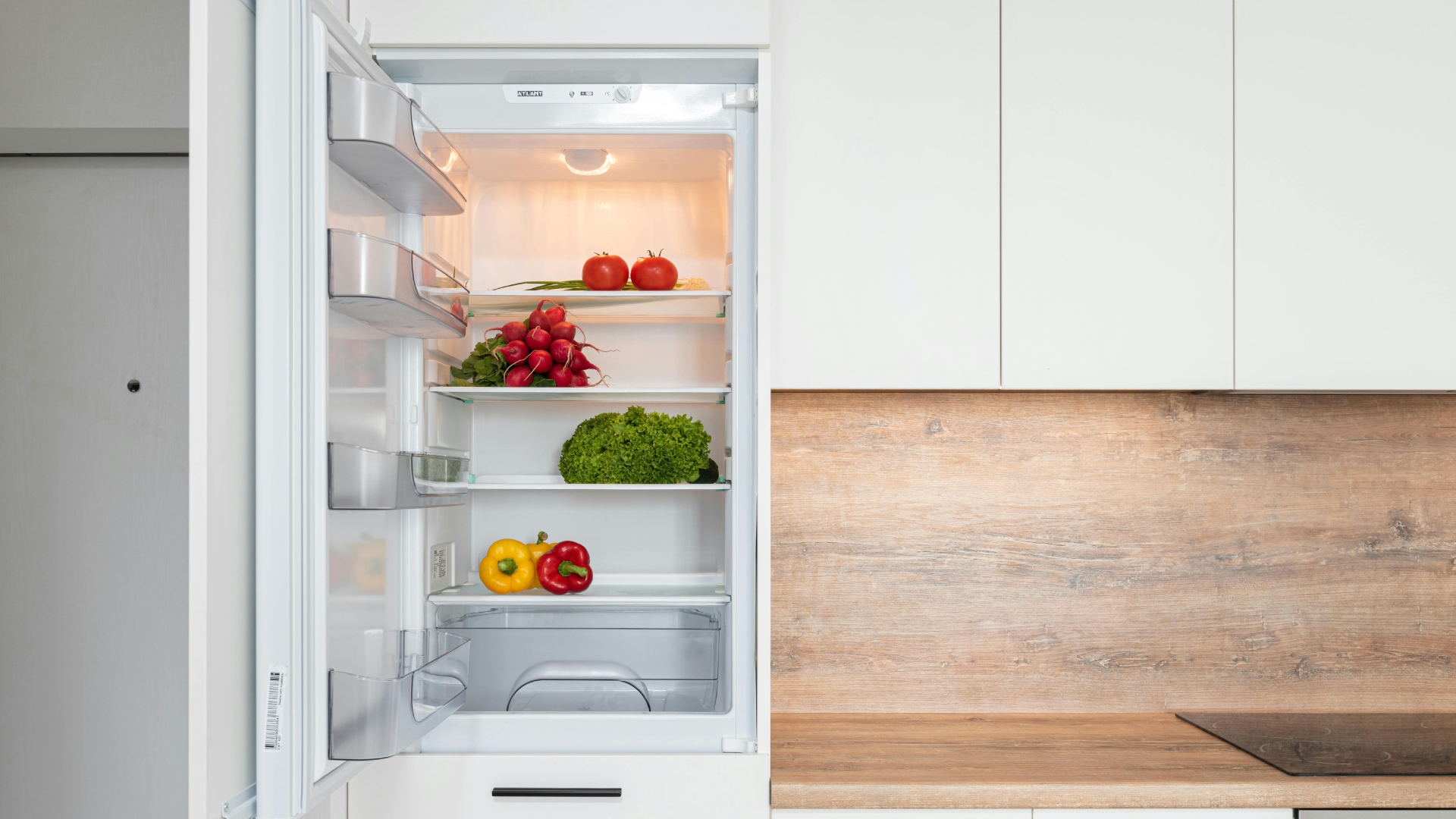
The Refrigerator Door: A Misunderstood Storage Space
The refrigerator door, while convenient for quick access, is not the best place to store certain foods. It's more than just a matter of organization; the temperature in this area is often unstable, which can lead to faster deterioration of food items. Understanding how to properly organize your fridge can help preserve both your food and your health.
Why the Door Is Not Ideal
The refrigerator door is typically the warmest part of the appliance and experiences the most temperature fluctuations. Every time you open the door, cold air escapes and is replaced by warmer ambient air, causing significant temperature changes. In contrast, the back of the refrigerator has a continuous airflow that maintains a consistent temperature around 4°C (40°F), making it ideal for most perishable goods. The temperature near the door can rise several degrees, sometimes exceeding the safe threshold for food storage, which is designed to limit bacterial growth.
Foods to Avoid Storing in the Door
Certain foods are particularly sensitive to temperature changes and should not be stored in the refrigerator door:
-
Sensitive dairy products: Milk, yogurts, crème fraîche, and soft cheeses like Brie or Camembert are vulnerable to temperature fluctuations. Even small variations can activate bacteria and mold, reducing their shelf life and posing health risks.
-
Eggs: Although commonly stored in door compartments, eggs are sensitive to thermal shock. This can affect their taste and texture. It’s better to store them on an inside shelf in their original carton at a stable temperature.
-
Raw meats and fish: Chicken, ground meat, and fish should be kept in the coldest part of the refrigerator. Repeated exposure to warmer temperatures can promote the growth of harmful bacteria such as Salmonella and Listeria.
-
Cream-based condiments: Mayonnaise, yogurt-based sauces, and cream cheese sauces require strict storage conditions. An unstable temperature in the door can allow microorganisms to spread, affecting the taste and safety of homemade sauces.
-
Sensitive medications: Some medications, such as probiotics and insulin, require constant refrigeration. Fluctuations in temperature can reduce their effectiveness.
Foods That Thrive in the Door
Not all items need to be avoided when storing in the refrigerator door. There are several foods that are well-suited for this area:
-
Acidic or salty condiments: Mustard, ketchup, industrial mayonnaise, soy sauce, and pickles are less affected by temperature changes.
-
Jams and jellies: These have strong preservative properties and are less sensitive to temperature variations.
-
Bottled fermented beverages: Pasteurized fruit juices, sodas, and beers (excluding wine) can be stored in the door.
-
Pasteurized eggs: If clearly labeled as stable and pasteurized, they can tolerate slight temperature changes.
In short, anything that can be stored at room temperature is suitable for the refrigerator door.
Efficient Fridge Organization Tips
To make the most of your refrigerator space, consider the following organization strategy:
-
Cold zone at the back and central shelves: Store fresh products such as meat, fish, milk, yogurts, and eggs here.
-
Doors and door shelves: Use these for condiments, jars, and pasteurized bottles.
-
Vegetable drawers: These maintain a slightly higher but stable temperature, perfect for fruits and vegetables.
-
Prepared meals and leftovers: Store these in airtight containers inside the fridge to maintain cooling.
This method helps extend the shelf life of your food, reduces waste, and minimizes health risks.
Best Practices for Refrigeration
-
Check the temperature: Ensure the fridge thermostat is set around 4°C.
-
Open less often: Each time you open the door, hot air enters, increasing the temperature.
-
Store according to sensitivity: The more perishable the food, the closer it should be to the back of the fridge.
-
Respect expiration dates: Even with proper storage, some products have a limited lifespan.
The next time you open your refrigerator, remember that the door, despite its convenience, is the most volatile area. Keep condiments and drinks there, and store perishable items like yogurts and meats toward the inside. Thoughtful organization not only preserves freshness and flavor but also supports your health and saves money.


Posting Komentar